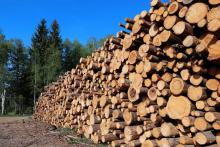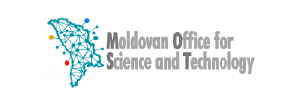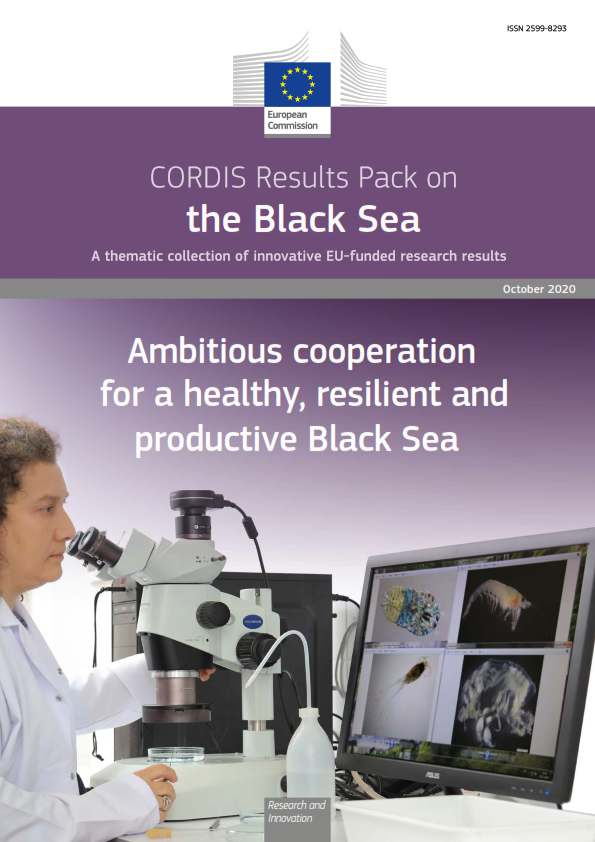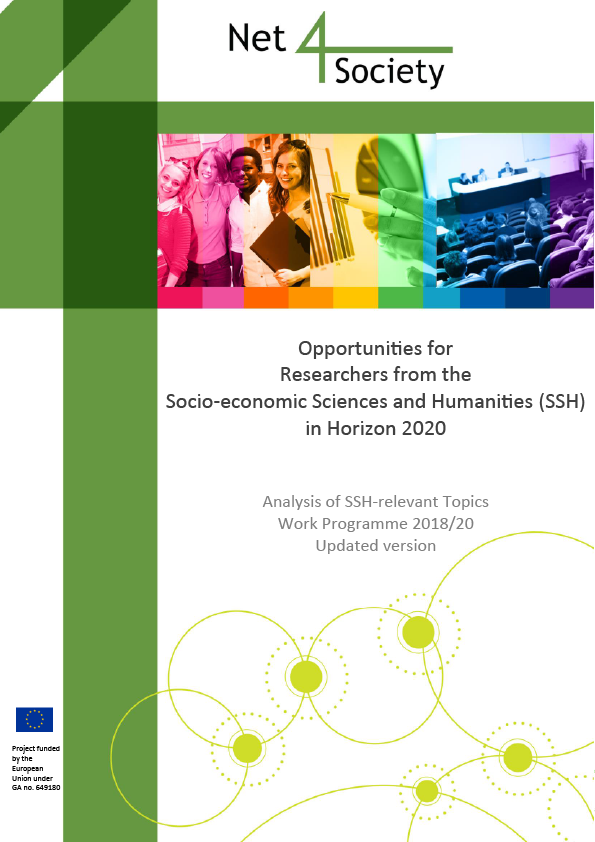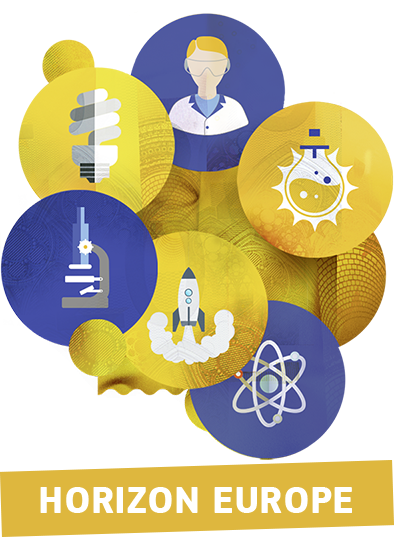Diversification of supply, improving conditions for domestic production and circular use are key to ensuring the sustainable supply of raw materials in the EU. As millions of European jobs are affected by the market conditions and the availability of raw materials, the EU needs to address its future mining potential, the growing skills shortage and innovation needs and its current import-dependency.
These are some of the key messages of the EU Raw Materials Scoreboardpublished by the European Commission on 14 July 2016.
The EU economy requires a wide variety of raw materials and not all of them are produced in Europe. The EU is highly dependent on imports of certain raw materials, including metals, certain minerals and natural rubber. The rising demand for raw materials, the concentration of the world's supply and global price volatility have significant consequences for the EU's security of supply.
The EU Raw Materials Scoreboard assesses the status of the EU's raw material sector, pinpoints the challenges and opportunities linked to it and highlights the importance of raw materials to the EU economy, including to its jobs and growth.
Tibor Navracsics, Commissioner for Education, Culture, Youth and Sport and in charge of the Joint Research Centre, said: "The Raw Material Scoreboard provides a comprehensive set of indicators on both primary and secondary raw materials. It highlights the need to address the EU's growing skills shortage, innovation needs and its import-dependency. As such, it is a good example of how the Joint Research Centre, the Commission's science and knowledge service, provides valuable information for policy decisions."
The indicators will be published every two years, describing the status of five main areas of interest for the EU policies on raw materials: international conditions, competitiveness and innovation, framework conditions for mining, circular economy and recycling, and social and environmental sustainability. The Scoreboard calls for the EU to keep investing in the diversification of supply, improve the framework conditions for domestic production, and stimulate the circular use of raw materials in the economy.
The scoreboard is an initiative of the European Innovation Partnership (EIP) on Raw Materials. It was prepared by the Commission's Directorate-General for Internal Market, Industry, Entrepreneurship and SMEs and the Directorate-General Joint Research Centre (JRC). The scoreboard can be used for policy support in the raw materials context. It is one of the two main tools destined to monitor progress towards a circular economy, as stated in the recently adopted Action Plan from the European Commission to boost global competitiveness, foster sustainable economic growth and generate new jobs via the use of resources in a more sustainable way.
Background
The European Union is the world's third biggest producer of industrial materials, after Asia and North America. However, because of the growth of the global market, the EU's share of global production has decreased significantly. Equally, the EU is still one of the world’s largest producers and net exporters of mining equipment. Nevertheless, while the EU is close to being self-sufficient for non-metallic minerals and wood, it is highly dependent on imports for metals, certain minerals and natural rubber. Import dependency also becomes problematic for raw materials for which the production is highly concentrated in only a few countries, especially when the quality of governance in these countries is low.
Raw materials are essential for sustainable development. For example, the production of low-carbon technologies – necessary for the EU to meet its climate and energy objectives – is expected to increase the demand for certain raw materials by a factor of 20 by 2030. Moving from the traditional, linear ‘make, use, dispose’ economy to a circular economy equally requires increased reuse, remanufacturing and recycling of products. This is an important aspect of the EU’s strategy to ensure the security of supply. Data indicate that the circular use of raw materials in the EU economy is relatively low yet slightly higher than the global average.
In view of the importance of raw materials for the European economy, the EU adopted in 2008 the 'Raw Materials Initiative', a policy strategy based on sustainable sourcing of raw materials from global markets, sustainable domestic production of raw materials and resource efficiency and supply of secondary raw materials.
The European Innovation Partnership (EIP) on Raw Materials was launched in 2012 to provide high-level guidance to the European Commission and the EU Member States on innovative approaches to the challenges related to raw materials and to accelerate the take-up of innovative technologies.


